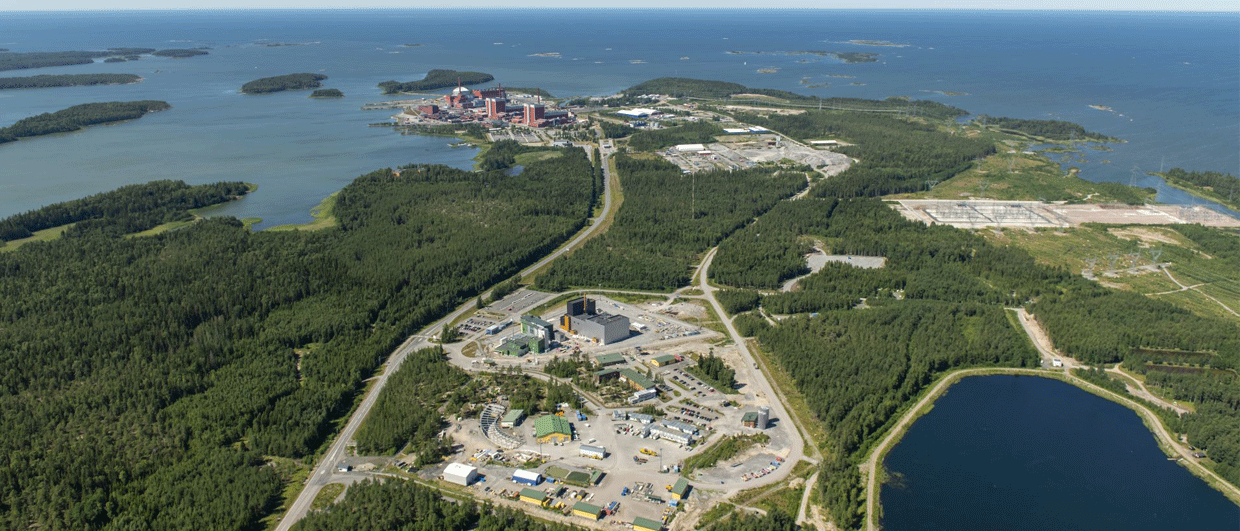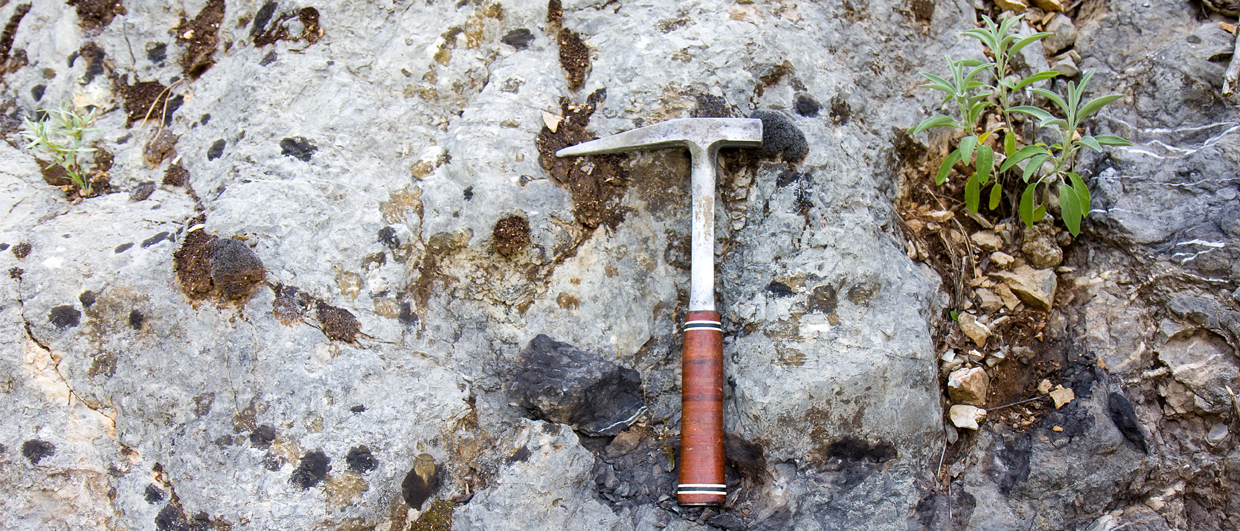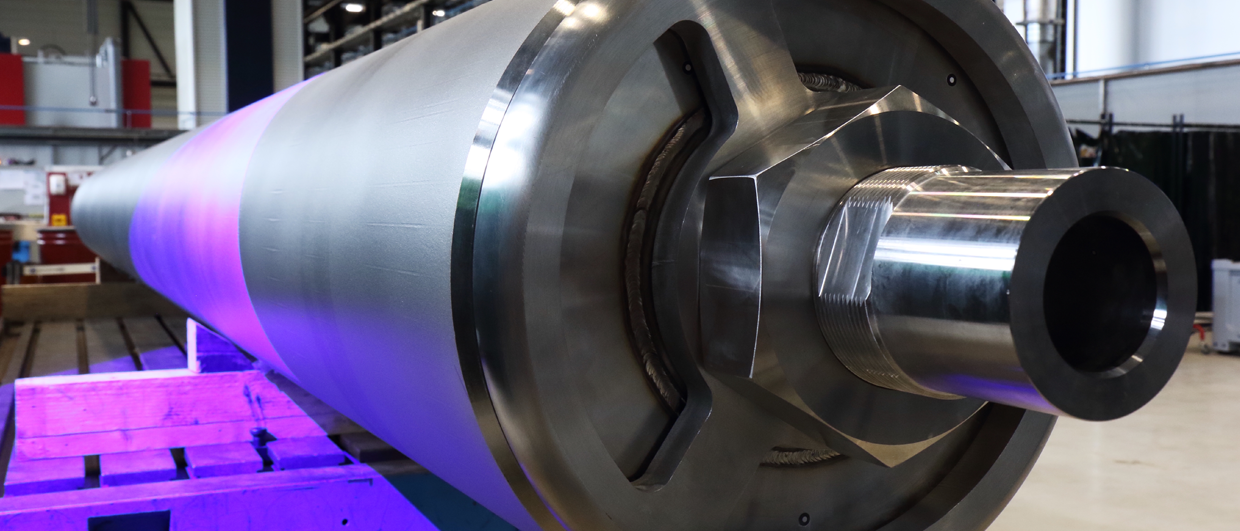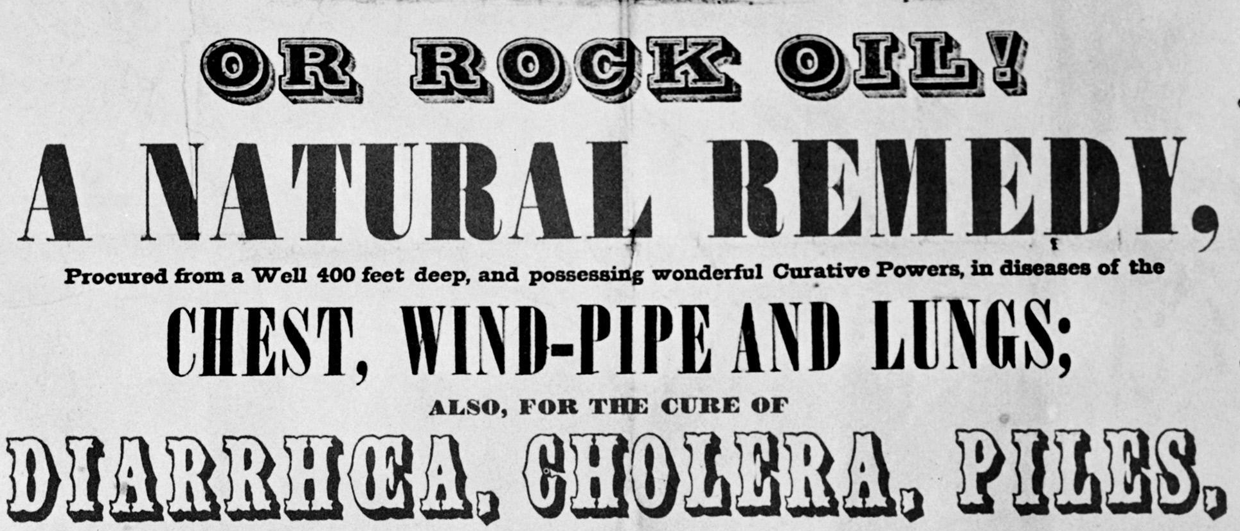The history of radioactive waste disposal is probably one of the best examples of how subsurface projects evolve. Starting in the 1950s, the spectrum of project ideas was broad-ranging, from disposal of radioactive waste in the ocean subsurface, oceanic trenches, or later in subduction zones of oceanic plates, to below the ice caps of the poles or even in space. All these ideas, except for one, can be characterised as academic pipe dreams that could not be reconciled with practical reality.
Initially, the repurposing of old salt mines was pursued mainly in the USA and Germany. This led to projects at Lyons, Kansas in the USA and at Asse near Wolfenbüttel in Germany. Their difficulties and eventual failure required a rethinking of the path taken. Above all, the failure at the Lyons project was to prove extremely consequential as the site turned out to be punctured by old oil and gas wells, so scientists became worried that waste would leak out of similar, undetected wells. At the Asse site, problems related to water inflows were largely kept under wraps, further straining the public acceptance of nuclear waste disposal in Germany to this day.
Above all, it is important to note the changing social context regarding nuclear waste during the 1970s. The decade started with a strong expansion of nuclear energy, and ended with the emergence of a strong opposition that asked, “what about the waste”. But rather than repurposing old salt mines, from the 1970’s until now the state of the art has been to develop purpose-built subsurface facilities specifically designed for “permanent” disposal of radioactive waste.
The Swedes were really the pioneers in the efforts to find suitable solutions for radioactive waste repositories in the 1970s and 1980s, The central idea is to have a multi-barrier concept, which is ultimately designed to delay the dispersion of radioactive material so that any radiation dose for future generations will remain below legally defined limits. This concept has essentially been adopted by most countries using nuclear energy today and the differences between designs is limited to the choice of container material and host rock.
Recently, very encouraging steps have been taken when it comes to realizing repositories for spent fuel. The Finnish radwaste company Posiva will this year enter the operational phase of its Onkalo facility, and the Swedish radwaste company (SKB) received its construction license earlier this year. Other countries like France, Switzerland and Canada have submitted general licence applications for proposed sites for implementing subsurface repositories. However, many countries are not yet that far advanced, and significant work remains to be done especially if one is mindful about the global nuclear renaissance that is currently ongoing. It would be best to avoid the mistakes of the past and embrace “what about the waste” in a forward-looking manner.
This is Part 1 of a two-part series. The next column will look at geological uncertainties.





